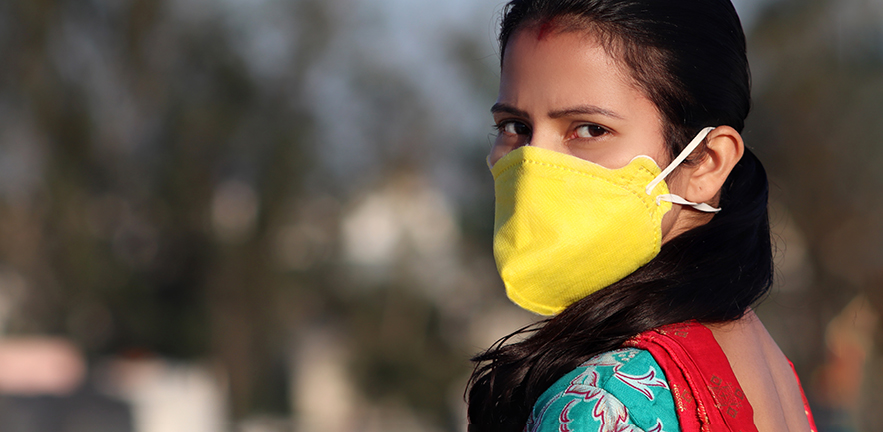A new weekly CJBS COVID-19 Tracker for India, developed by Cambridge Judge Business School and the National Institute of Economic and Social Research working with Health Systems Transformation Platform in India, provides forecasts of the pandemic’s trajectory based on a recently developed model.
A new CJBS COVID-19 Tracker for India that provides forecasts of the pandemic’s trajectory over the coming two weeks has been posted on the website of the Cambridge Centre for Health Leadership & Enterprise at Cambridge Judge Business School (CJBS). The Tracker was developed by researchers at Cambridge Judge and the National Institute of Economic and Social Research in London working with Health Systems Transformation Platform in India, as part of a pandemic monitoring series devoted to India and its states and union territories in order to identify areas at high risk of infection incidence increases.
The Tracker will be updated on Mondays over the upcoming weeks.

These forecasts are based on a structural time series model that uses historical data in estimation, but adapts to the trend emerging in the most recent period. The model is described in a paper recently published in Harvard Data Science Review by Andrew Harvey, Emeritus Professor of Econometrics at the Faculty of Economics of the University of Cambridge, and Dr Paul Kattuman, Reader in Economics at Cambridge Judge Business School, entitled “Time series models based on growth curves with applications to forecasting coronavirus”.
The Tracker forecasts that the number of new cases in India has peaked, and will see a declining trend over the two-week forecast period to 23 May. But there is substantial variation among states and union territories in their trajectories. Cases will continue to increase over the next two weeks in Assam, Himachal Pradesh, Jammu and Kashmir, Manipur, Meghalaya, Mizoram, Nagaland, Odisha, Puducherry, Punjab, Tamil Nadu and Tripura.


